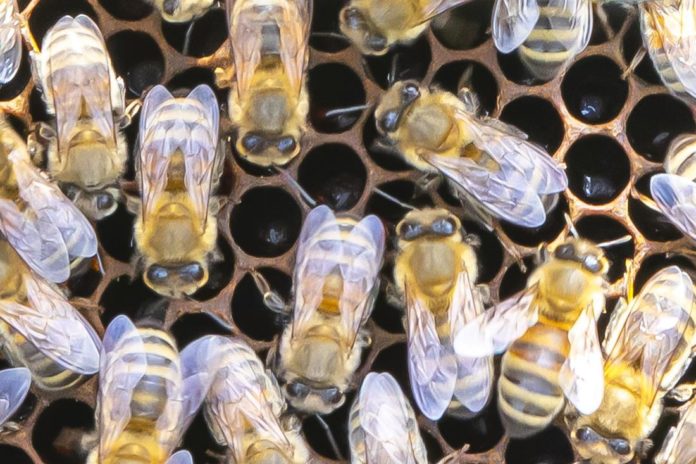Silab has decided to use pollen collected by bees to trace plant biodiversity at local level.
As a company committed to its local area and actively working to preserve the environment, Silab wanted to set up a new local biodiversity conservation project, in collaboration with BeeOdiversity. The solution chosen is based on both the genius of nature and a scientific approach: identifying surrounding plant species by analyzing the pollen collected by bees.
Two beehives have been installed on the site and are managed by a local beekeeper. The 2 bee colonies will gather pollen from around 8 billion flowers a year, within a 1.5 km radius of the site. Pollen will be collected during the beekeeping season (between April and October), then analyzed at different seasons, enabling us to define medium-term objectives for improving plant biodiversity. Paul Eguia, Sustainable Sourcing Strategy Manager at Silab, comments: " The fundamental role of pollinators in ecosystems is well known. However, it was the scientific dimension of BeeOdiversity's project, namely the precise inventory of plant biodiversity on the site and in the area, that particularly appealed to us. "Pierre Forman, Silab's environmental manager, adds: " This unprecedented approach will make it possible, for example, to identify under-represented species and implement relevant, targeted actions that will have a positive impact on all ecosystèmes.
This new project fits in perfectly with the company's overall commitment to CSR, as well as to the continuous improvement approach embodied in its Actively Caring program.








